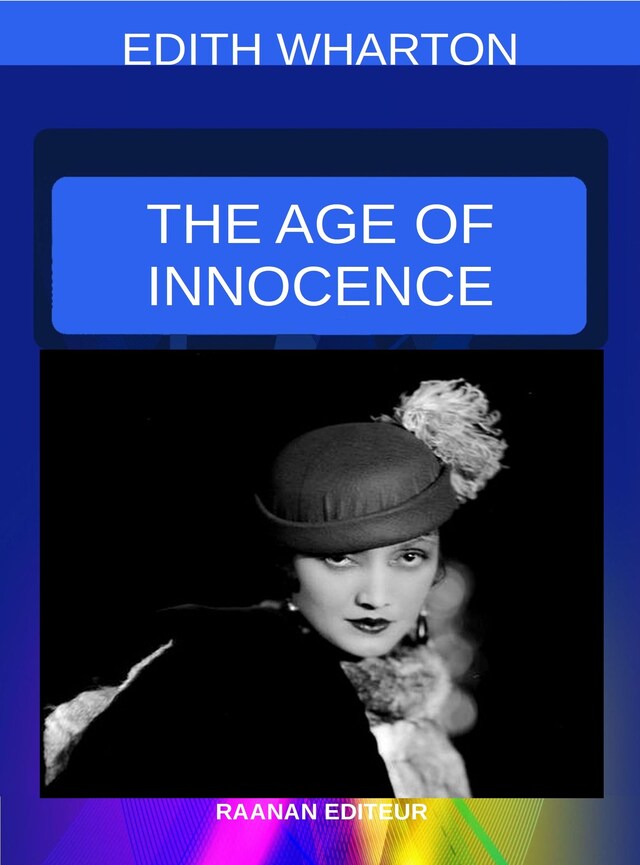
The Age of Innocence
Description of the book
The Age of Innocence is a 1920 novel by American author Edith Wharton. It was her twelfth novel, and was initially serialized in 1920 in four parts, in the magazine Pictorial Review. Later that year, it was released as a book by D. Appleton & Company. It won the 1921 Pulitzer Prize for Fiction, making Wharton the first woman to win the prize
The Age of Innocence, which was set in the time of Wharton's childhood, was a softer and gentler work than The House of Mirth, which Wharton had published in 1905. In her autobiography, Wharton wrote of The Age of Innocence that it had allowed her to find "a momentary escape in going back to my childish memories of a long-vanished America... it was growing more and more evident that the world I had grown up in and been formed by had been destroyed in 1914." Scholars and readers alike agree that The Age of Innocence is fundamentally a story which struggles to reconcile the old with the new.
Extrait
| I.
On a January evening of the early seventies, Christine Nilsson was singing in Faust at the Academy of Music in New York.
Though there was already talk of the erection, in remote metropolitan distances "above the Forties," of a new Opera House which should compete in costliness and splendour with those of the great European capitals, the world of fashion was still content to reassemble every winter in the shabby red and gold boxes of the sociable old Academy. Conservatives cherished it for being small and inconvenient, and thus keeping out the "new people" whom New York was beginning to dread and yet be drawn to; and the sentimental clung to it for its historic associations, and the musical for its excellent acoustics, always so problematic a quality in halls built for the hearing of music.
It was Madame Nilsson's first appearance that winter, and what the daily press had already learned to describe as "an exceptionally brilliant audience" had gathered to hear her, transported through the slippery, snowy streets in private broughams, in the spacious family landau, or in the humbler but more convenient "Brown coupe." To come to the Opera in a Brown coupe was almost as honourable a way of arriving as in one's own carriage; and departure by the same means had the immense advantage of enabling one (with a playful allusion to democratic principles) to scramble into the first Brown conveyance in the line, instead of waiting till the cold-and-gin congested nose of one's own coachman gleamed under the portico of the Academy. It was one of the great livery-stableman's most masterly intuitions to have discovered that Americans want to get away from amusement even more quickly than they want to get to it...|
 Edith Wharton
Edith Wharton 344 Pages
344 PagesWhat others think
Reviews of The Age of Innocence
Book
Not enough ratings yet